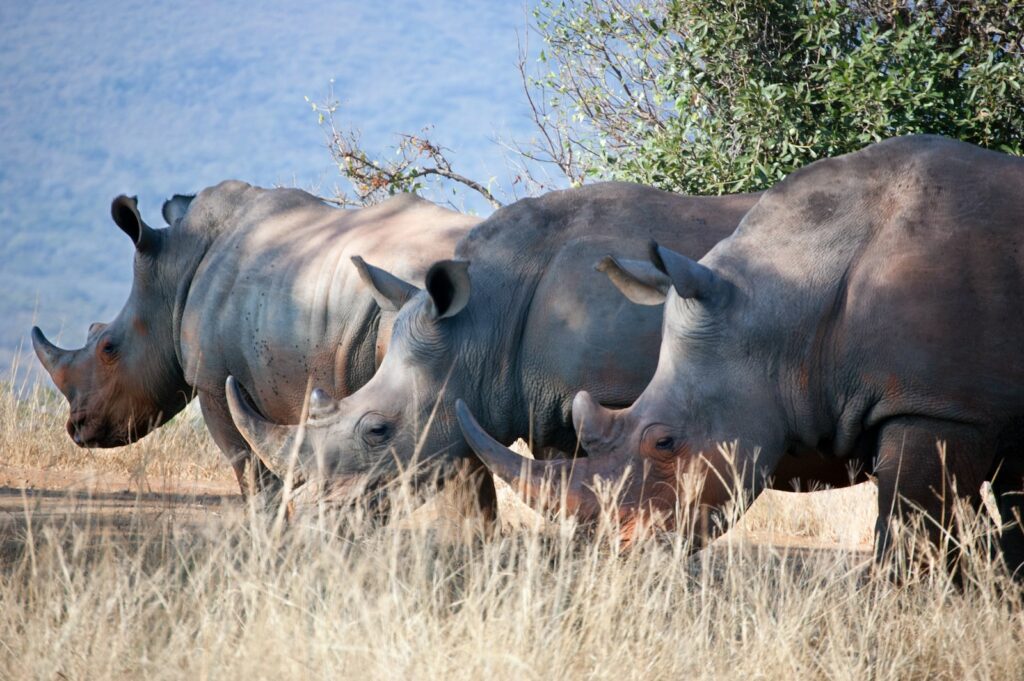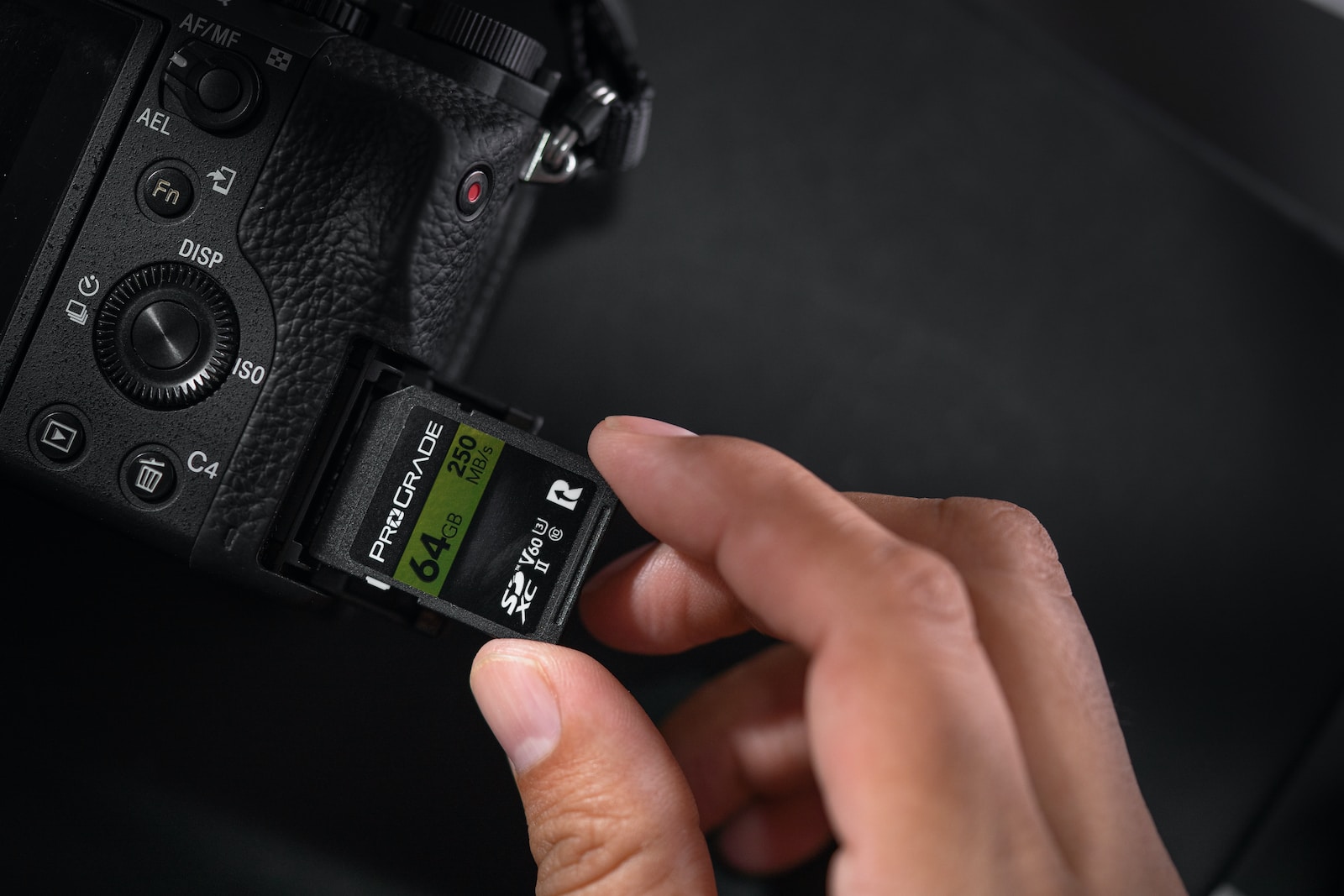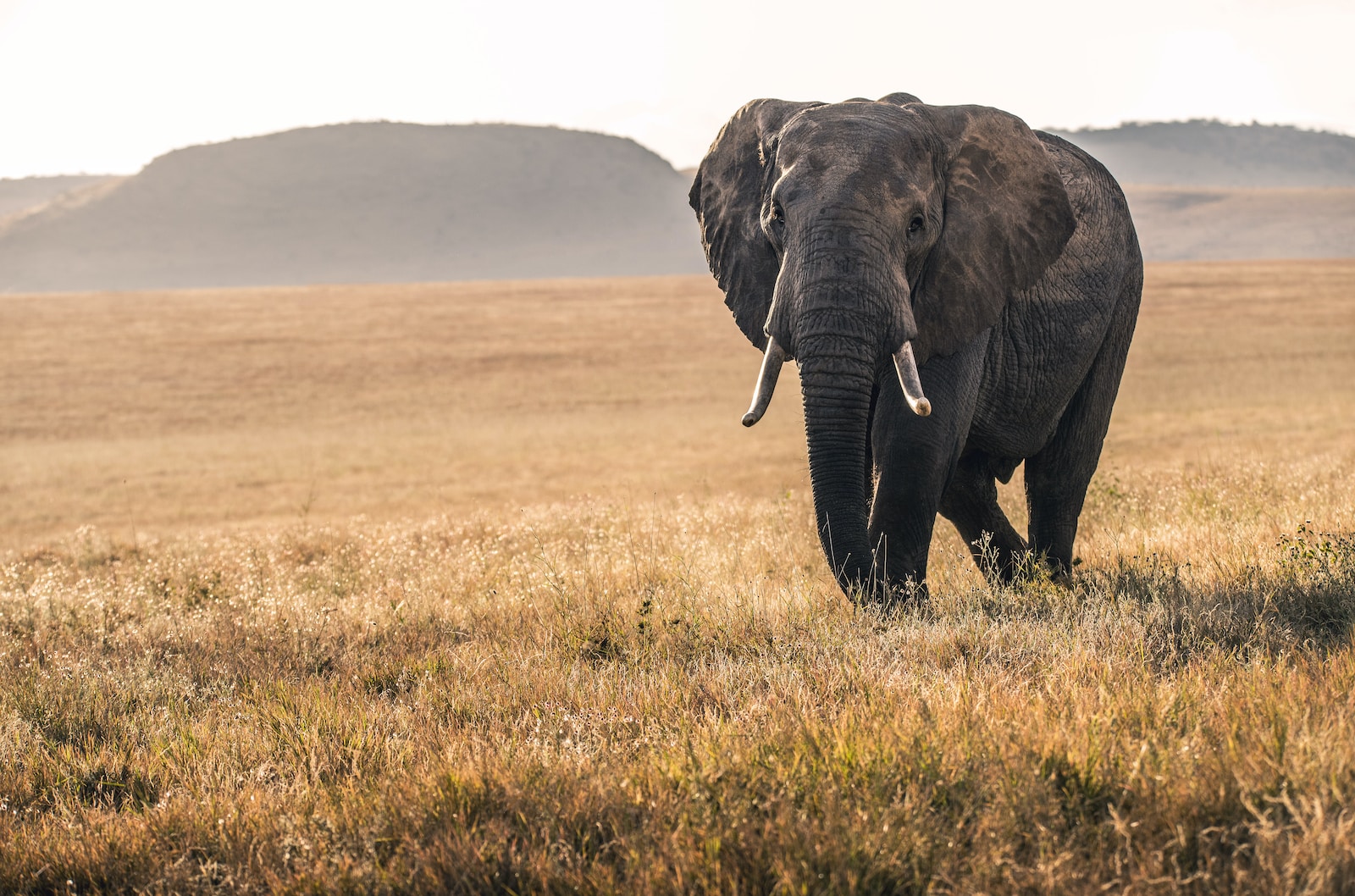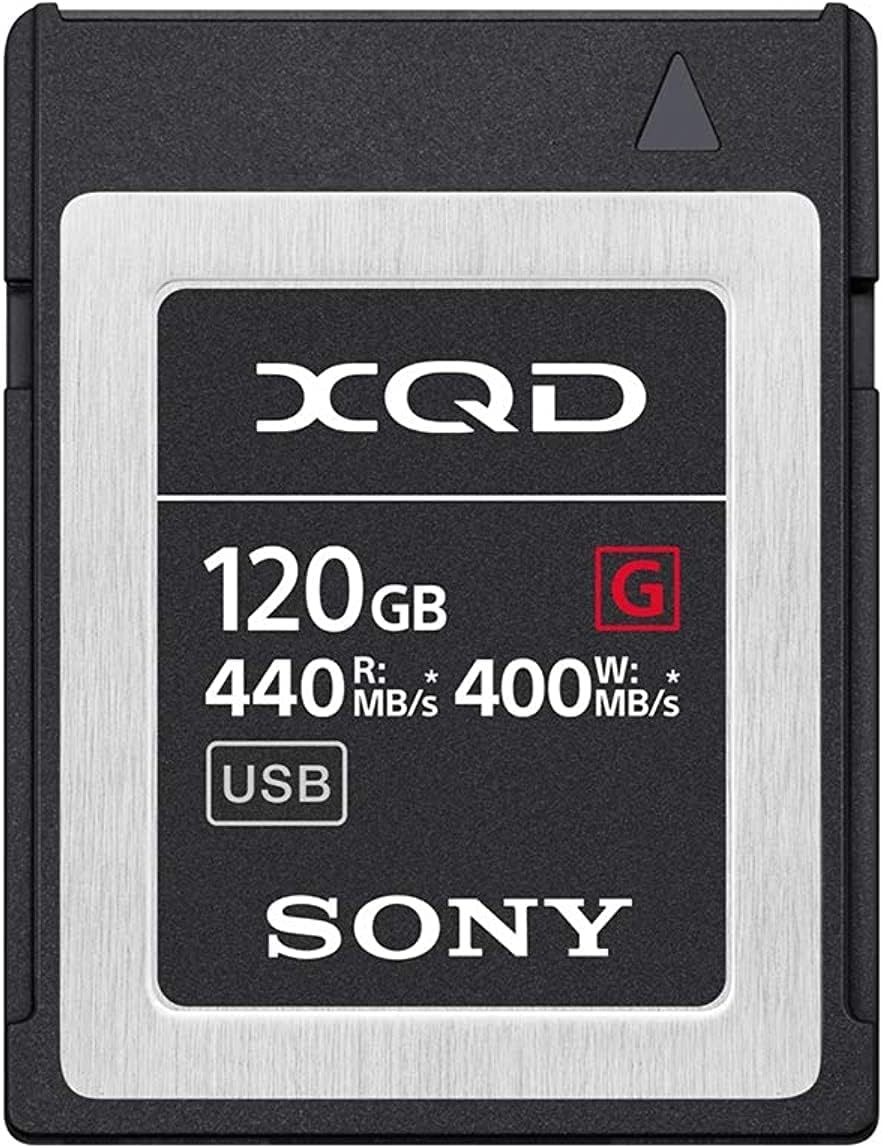Are you a wildlife photography enthusiast looking to take your skills to the next level? One aspect that often gets overlooked but can greatly enhance your experience is choosing the right memory card. In this blog, we will explore the importance of selecting the appropriate category of memory card, discussing factors such as storage, speed, and compatibility. By understanding the significance and impact of memory cards on your wildlife photography, you can ensure that every moment is captured seamlessly and without any interruptions.
Table of Contents
- The Role of Memory Cards in Wildlife Photography
- Understanding Memory Card Categories
- Storage Capacity: Never Miss a Shot
- Speed Matters: Capture the Fleeting Moments
- Compatibility with Your Camera
- The Importance of Backup and Redundancy
- Investing in Quality: Longevity and Reliability
- Tips for Handling and Maintaining Memory Cards
- Choosing the Right Memory Card Reader
- Choosing the Right Memory Card for Wildlife Photography
- Frequently Asked Questions
- 1. What is the importance of choosing the right memory card for wildlife photography?
- 2. What factors should I consider when selecting a memory card for wildlife photography?
- 3. Which memory card category is suitable for wildlife photography?
- 4. What is the ideal storage capacity for a memory card in wildlife photography?
- 5. How important is the speed rating of a memory card for wildlife photography?
- 6. Can I use any memory card for wildlife photography?
- 7. Are there any extra precautions I should take when using memory cards for wildlife photography?
- Wrap Up
The Role of Memory Cards in Wildlife Photography
Before we dive into the details, let’s establish the importance of memory cards in wildlife photography. As photographers, we strive to capture those fleeting moments of wildlife in their natural habitats. Whether it’s a majestic eagle in flight or a curious tiger prowling, these moments cannot be recreated. Therefore, having a reliable and high-performing memory card becomes crucial. It not only provides you with ample storage but also ensures that you can capture images quickly and without any lag, ensuring you don’t miss any action.
Understanding Memory Card Categories
Memory cards come in various categories, each offering different capacities, speeds, and compatibility options. The most commonly used memory card categories for wildlife photography are Secure Digital (SD), CompactFlash (CF), and XQD.
Storage Capacity: Never Miss a Shot
When capturing wildlife, especially in remote locations, you may not have the luxury of frequently transferring images from your memory card to another storage device. Therefore, it is essential to choose a memory card with adequate storage capacity. Opt for higher-capacity cards, such as 64GB or 128GB, to ensure that you don’t run out of space in the midst of an exciting wildlife encounter.
Speed Matters: Capture the Fleeting Moments
Wildlife photography often involves fast-moving subjects, making speed a critical factor. The writing and reading speed of your memory card can significantly impact your ability to capture those split-second moments. Look for memory cards with high write speeds to ensure that your camera can keep up with continuous shooting, minimizing the risk of buffering or delays between shots. A minimum write speed of 90 MB/s is recommended for wildlife photography.
Compatibility with Your Camera
Before investing in a memory card, make sure it is compatible with your camera. Some cameras only support specific memory card formats, so it is essential to check the camera’s specifications. Ensure that the card you choose is compatible with your camera’s slot type and technology. It would be unfortunate to have the perfect memory card but be unable to use it due to compatibility issues.
Did you know that the world's largest memory card can store up to 2TB of data? That's equivalent to approximately 500,000 high-resolution wildlife photographs!
The Importance of Backup and Redundancy
A crucial aspect of wildlife photography, often overlooked, is the importance of having backup and redundancy systems in place. While memory cards are reliable, technical failures or loss can happen. Therefore, it is advisable to have multiple memory cards and a backup storage device to ensure that your precious wildlife photographs are not lost. Consider investing in a portable hard drive or a cloud storage solution for added peace of mind.
Investing in Quality: Longevity and Reliability
When it comes to memory cards, quality should always be a priority. Investing in reputable brands known for their reliability and durability is key. High-quality memory cards are less likely to encounter technical issues or data corruption, ensuring that your wildlife photographs are safe and accessible for years to come. While they may be slightly more expensive, the peace of mind and longevity they offer make them well worth the investment.
Tips for Handling and Maintaining Memory Cards
Proper handling and maintenance of memory cards are essential to ensure their longevity and performance. Avoid exposing them to extreme temperatures or humidity, as this can damage the card and potentially result in data loss. Additionally, always format your memory cards in your camera rather than on a computer, as this ensures compatibility and optimal performance.
Choosing the Right Memory Card Reader
A good memory card reader is just as important as the memory card itself. Invest in a high-quality card reader that supports the maximum transfer speed of your chosen memory card. This will ensure efficient and speedy transfers when you need to offload your photographs onto your computer for editing or storage.
Choosing the right memory card category and understanding its storage capacity, speed, and compatibility with your camera are imperative for a seamless and enjoyable wildlife photography experience. Investing in reliable and high-performing memory cards not only guarantees ample storage but also ensures that you never miss capturing those unforgettable moments. Take care of your memory cards, handle them properly, and always have backup systems in place. With the right memory card, you can enhance your wildlife photography and preserve those precious memories for years to come.

Choosing the Right Memory Card for Wildlife Photography
Welcome to my blog! In this article, we will be discussing the importance of choosing the right memory card for your wildlife photography adventures. A good memory card is not just about storage capacity, but also about speed and reliability. Let’s dive in and explore how selecting the appropriate memory card can enhance your overall wildlife photography experience.
The Role of Memory Cards in Wildlife Photography
Before we delve into the specific categories of memory cards, let’s first understand why they are crucial for wildlife photography. When you are out in the wild, capturing stunning images of birds, animals, and landscapes, you need a memory card that can handle the demands of continuous shooting and rapid data transfer.
Wildlife photography often involves capturing fast-moving subjects, and moments can pass in the blink of an eye. The last thing you want is to miss a crucial shot because your memory card couldn’t keep up with the camera’s buffer. Therefore, it is essential to invest in a memory card that offers both sufficient storage capacity and high-speed performance.
Choosing the Right Category of Memory Card
Now that we understand the importance of memory cards in wildlife photography, let’s explore the different categories available in the market:
SDHC/SDXC
Cards SDHC/SDXC cards are the most commonly used memory cards in wildlife photography. They come in various capacities, ranging from 8GB to 512GB, offering ample storage space for your high-resolution images. Look for UHS-II or UHS-III speed class cards for faster write and read speeds.
CompactFlash Cards
CompactFlash cards were once the go-to option for professional photographers, but they are gradually being replaced by SDHC/SDXC cards. However, if your camera only supports CompactFlash, consider investing in high-speed UDMA 7 cards to ensure smooth and efficient performance.
XQD Cards
XQD cards are the latest addition to the memory card market and offer unparalleled speed and performance. They are ideal for wildlife photographers who shoot in burst mode or record high-quality videos. Nikon and Sony cameras commonly support XQD cards.
Benefits of Choosing the Right Memory Card
When you choose a memory card suitable for wildlife photography, you can reap several benefits, such as:
- Fast Write Speeds: A high-speed memory card enables you to capture continuous shots without waiting for the buffer to clear. This is especially crucial when photographing fast-moving wildlife.
- Ample Storage: Large capacity memory cards allow you to store a large number of images and videos during your wildlife expeditions, reducing the need to constantly swap cards.
- Reliability: Opting for reputable memory card brands ensures that your valuable wildlife images are stored safely without the risk of data loss.
Choosing the right memory card is essential for wildlife photographers. By considering factors such as storage capacity, speed, and reliability, you can optimize your wildlife photography experience and capture breathtaking images with ease. Remember to check your camera’s compatibility before making a purchase, and invest wisely in a memory card that suits your needs. Happy shooting!
Frequently Asked Questions
1. What is the importance of choosing the right memory card for wildlife photography?
Choosing the right memory card for wildlife photography is crucial as it directly impacts your overall photography experience. A suitable memory card ensures you have sufficient storage space, faster transfer speeds, and reliable performance to capture those once-in-a-lifetime wildlife moments.
2. What factors should I consider when selecting a memory card for wildlife photography?
When selecting a memory card for wildlife photography, consider the storage capacity, speed rating, and reliability. Look for cards with ample storage to accommodate high-resolution images and videos. Opt for cards with fast write and read speeds to capture action-packed wildlife moments without delay. Additionally, choose cards from reputable brands known for their durability and compatibility.
3. Which memory card category is suitable for wildlife photography?
For wildlife photography, it is recommended to choose memory cards from the SD (Secure Digital) card category. SD cards are widely supported by most cameras and offer a range of options to suit different needs, including SDHC, SDXC, and UHS-I or UHS-II speed ratings.
4. What is the ideal storage capacity for a memory card in wildlife photography?
The ideal storage capacity of a memory card for wildlife photography depends on various factors such as the duration of your trips, the number of photos or videos you typically capture, and the resolution of your camera. However, it is advisable to have a minimum of 32GB to 64GB of storage capacity to ensure you have sufficient space for your wildlife photography adventures.
5. How important is the speed rating of a memory card for wildlife photography?
The speed rating of a memory card plays a crucial role in wildlife photography, especially when capturing fast-moving subjects. A higher speed rating ensures faster write speeds, allowing you to continuously shoot and capture multiple images without any lag. This is essential for wildlife photography where every moment counts.
6. Can I use any memory card for wildlife photography?
While the majority of cameras support SD cards, it is essential to check your camera’s specifications and requirements. Some cameras may have specific card format or speed requirements, so it’s important to choose a memory card that is compatible with your camera to ensure optimal performance.
7. Are there any extra precautions I should take when using memory cards for wildlife photography?
Absolutely! To avoid data loss and corruption, it is advisable to periodically back up your photos/videos to a separate storage device or cloud storage. Additionally, ensure your memory cards are properly formatted before each use to maintain optimal performance.
Wrap Up
Choosing the right memory card for wildlife photography is crucial in ensuring you capture those precious moments without any hiccups. By understanding the importance of storage, speed, and finding the right category of memory card, you can significantly enhance your photography experience.
Remember to consider the storage capacity that suits your needs and the speed required for fast and continuous shooting. Look out for categories like UHS-II or V90 for the best performance. It’s also important to regularly backup your photos and keep your memory card in good condition to avoid any data loss.
Now that you have the knowledge, go out there and capture the beauty of wildlife with confidence! If you have any questions or additional tips, feel free to leave a comment below. Happy shooting!



